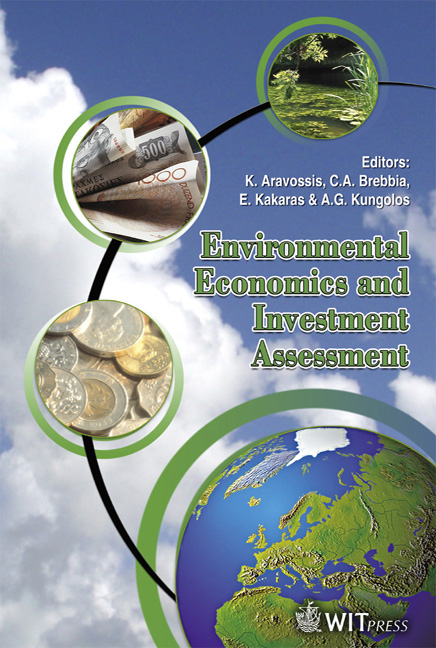Minimization Of Fuel Consumption Through Optimum Material Selection Of A Car Frame Production Company
Price
Free (open access)
Transaction
Volume
98
Pages
7
Published
2006
Size
393 kb
Paper DOI
10.2495/EEIA060191
Copyright
WIT Press
Author(s)
R. Eleni & A. Panagiotis
Abstract
In the last decade it has been recognized that urban environmental pollution is strongly influenced by car fuel consumption. As the innovations in the motor technology have already been saturated, the interest is focused on the selection of the suitable materials in order to minimize car weight without loss on stiffness and safety. However, materials leading to light-weight cars, and therefore fuel consumption economy, are often expensive. The balancing between the unit cost and the mass saving of the material (without loss of the product quality) is the criterion for the decision making for optimum material selection. Therefore, a simple model correlating technical and financial data has been developed to classify the candidate materials in order to make the optimum decision concerning selection of the material which results in the minimum cost of a lightweight car, and therefore the minimum exhaust-gas emissions. The present analysis indicated that CFRPs are the most appropriate materials which result in the production of low cost and low fuel consumption cars. However, these materials cause environmental damage due to their inability to be recycled. The balance between environmental cost benefits and losses by using CFRPs is not clearly obvious and it will be the subject of further work. Keywords: fuel consumption, cost-benefit analysis, material selection, cost minimization, Carbon Fiber Reinforced Polymers. 1 Introduction To increase car competitiveness through the minimization of its fuel consumption two solutions can be followed: (a) to improve the motor efficiency and (b) to reduce the weight of the car.
Keywords
fuel consumption, cost-benefit analysis, material selection, costminimization, Carbon Fiber Reinforced Polymers.





